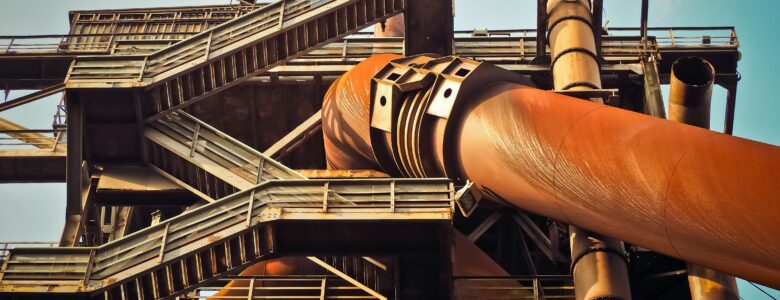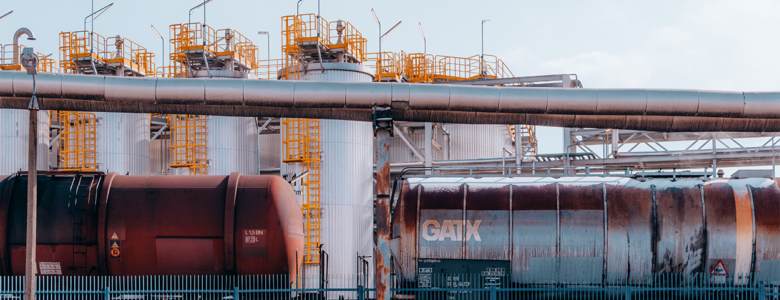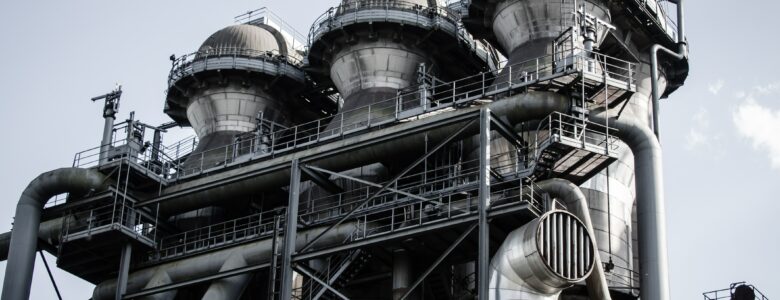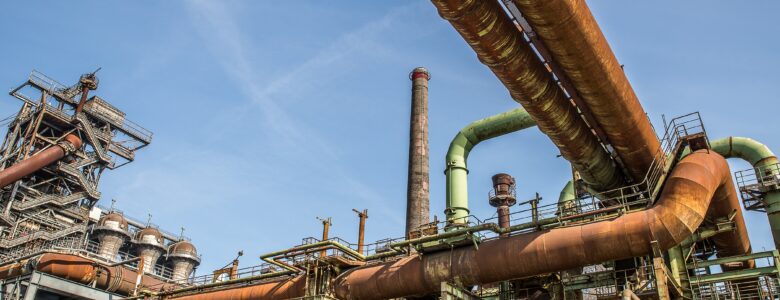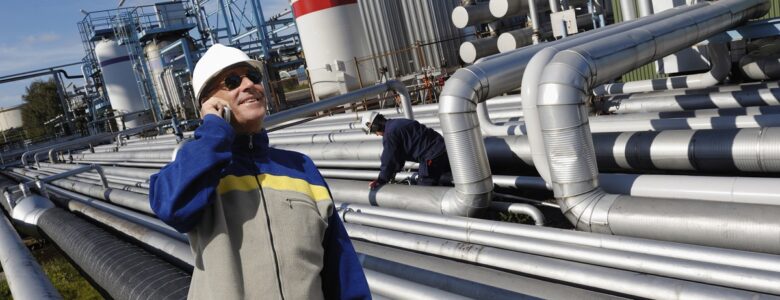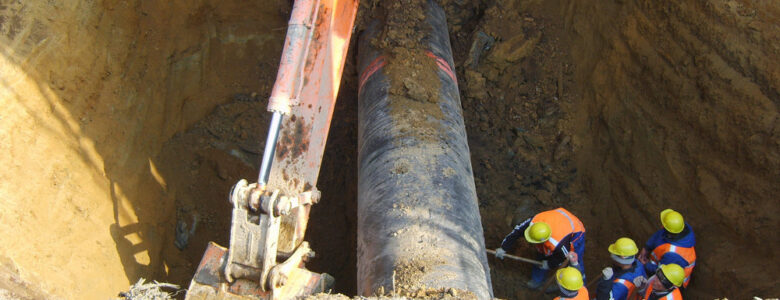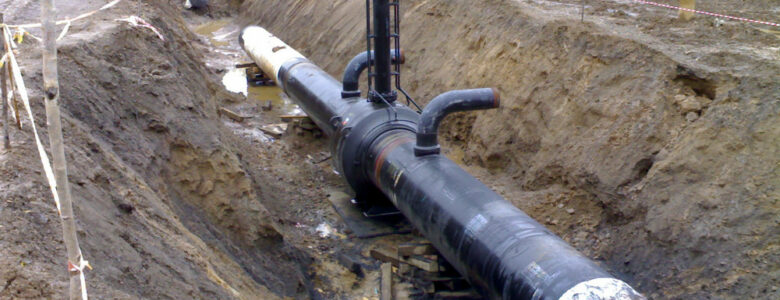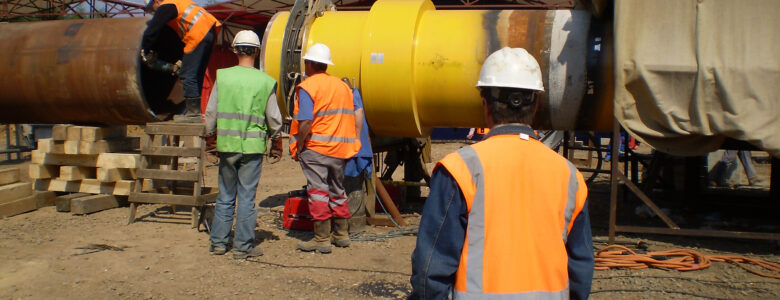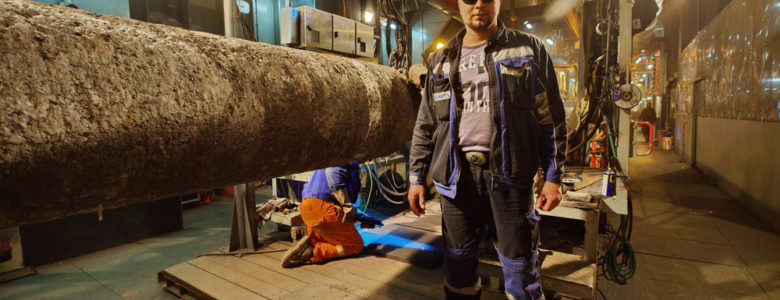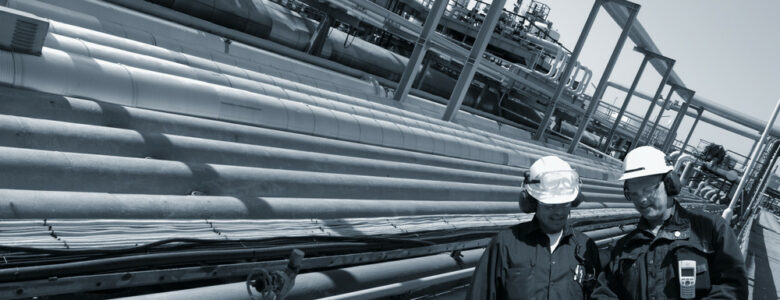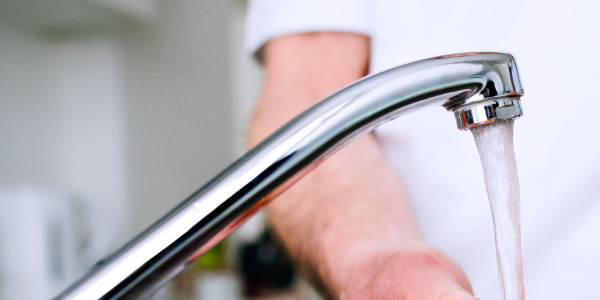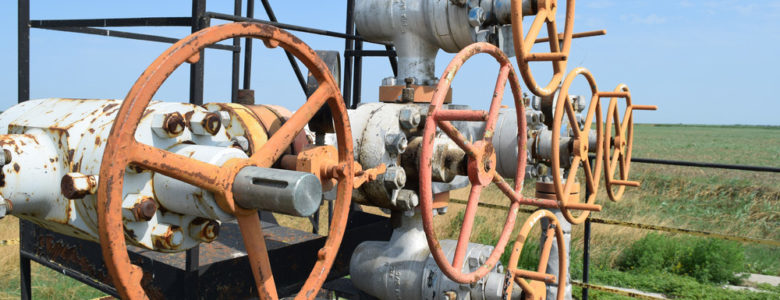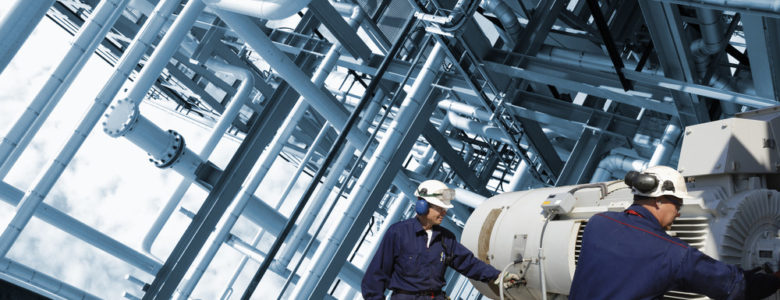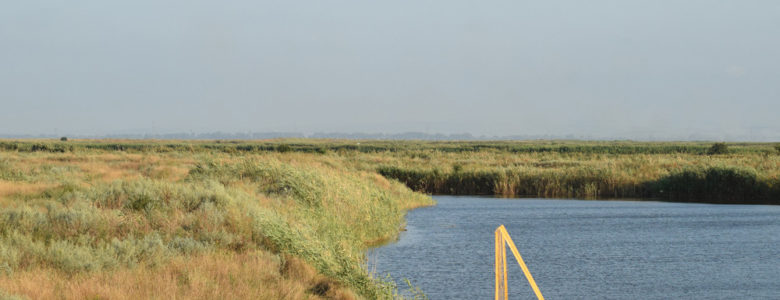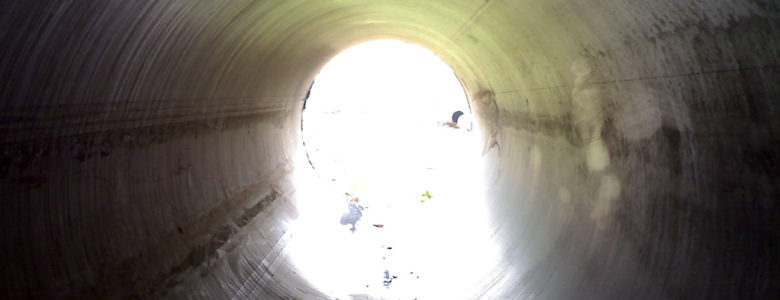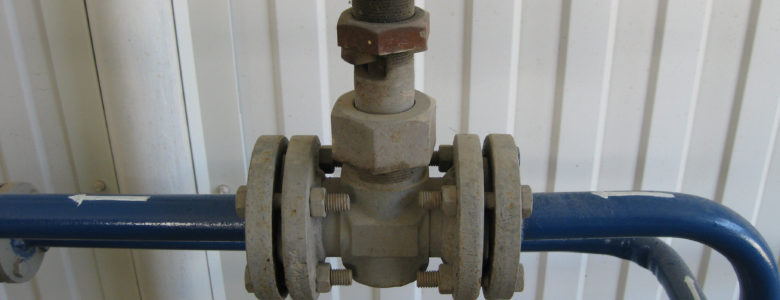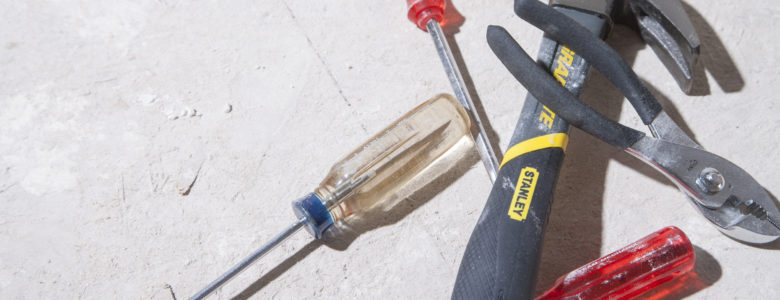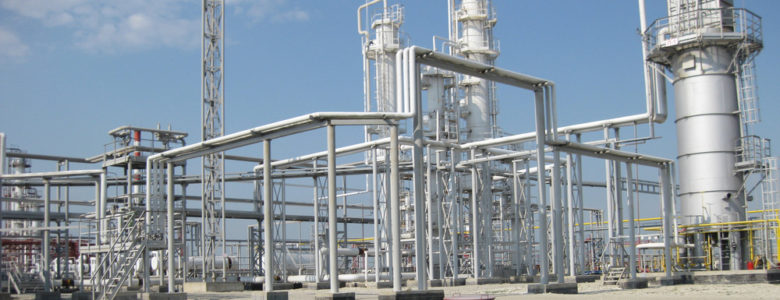Pipeline installation and maintenance require a lot of time and effort, so protecting them from external factors like corrosion is very important. Since corrosion can reduce the life of a pipe and lead to costly repairs, you should look for options like a wear pad to combat it.
What Are Wear Pads?
Wear pads serve as insulation placed between the pipe and the support structure, providing protection against wear and corrosion damage. With their availability in diverse shapes and sizes, they can effectively accommodate different pipe sizes and applications.
The selection of the appropriate wear pad for a specific application is influenced by factors such as the pipe type, environmental conditions, expected wear intensity, and other considerations. Among the most prevalent options are:
Rubber Wear Pads
Rubber pads are suitable for general-purpose applications as they are relatively inexpensive and easy to install. Since rubber is durable, these pads offer excellent resistance to impact and absorb shockwaves from vibration.
Plastic Wear Pads
Plastic pads are lightweight, easily customizable and resistant to chemical corrosion. This makes them suitable for industrial applications like oil and gas, petrochemicals, and water treatment. They are also easy to install and require minimal maintenance.
Composite Wear Pads
Composite wear pads have a combination of materials, such as rubber, plastic, and fiberglass. They are the most expensive type of wear pad, but they are also the most resistant to wear and corrosion. In addition to offering all the benefits of rubber and plastic pads, composite pads have thermal insulation and low-friction properties.
How Do DynaGard’s Composite Wear Pads Help Fight Corrosion?
DynaGard’s innovative composite wear pads are highly effective in combating pipe corrosion. Our advanced wear pads offer a range of features and benefits, including the following:
Corrosion Resistance
Our wear pads can resist corrosion, making them an ideal choice for industries dealing with aggressive environments. Constructed using high-quality composite materials, they offer exceptional resistance to corrosive substances like chemicals, moisture, and saltwater.
Insulation Against Galvanic Corrosion
Galvanic corrosion is a significant concern when dissimilar metals come into contact with a pipe system. By isolating the metals from one another, our wear pads interrupt the electrical circuit required for corrosion to occur.
Low Coefficient of Friction
Friction and vibration can accelerate pipe wear, leading to increased corrosion. Since our wear pads have a low friction coefficient, they significantly minimize external vibrations and lower the stress on the pipe.
Thermal Insulation
Our composite wear pads act as thermal insulators, reducing the transfer of heat or cold. This prevents the formation of condensation between the pipe and its surroundings, which can contribute to corrosion.
Enhanced Support and Stability
Our wear pads will evenly distribute the weight and forces exerted on pipes, reducing the risk of sagging and misalignment. By improving structural damage, the pipes can withstand challenging daily operations and remain corrosion-free.
Easy Installation and Customization
DynaGard’s composite wear pads are designed for easy installation and can be customized to suit specific pipe system requirements. Since we use a peel-and-stick format, it can be easily fixed to pipes of all shapes and sizes.
If you want to increase your pipe’s life, DynaGard’s cost-effective composite wear pads should be the perfect choice. Our durable pipe wear pads are user-friendly and affordable, making them perfect for all applications. Contact us today to learn more!



